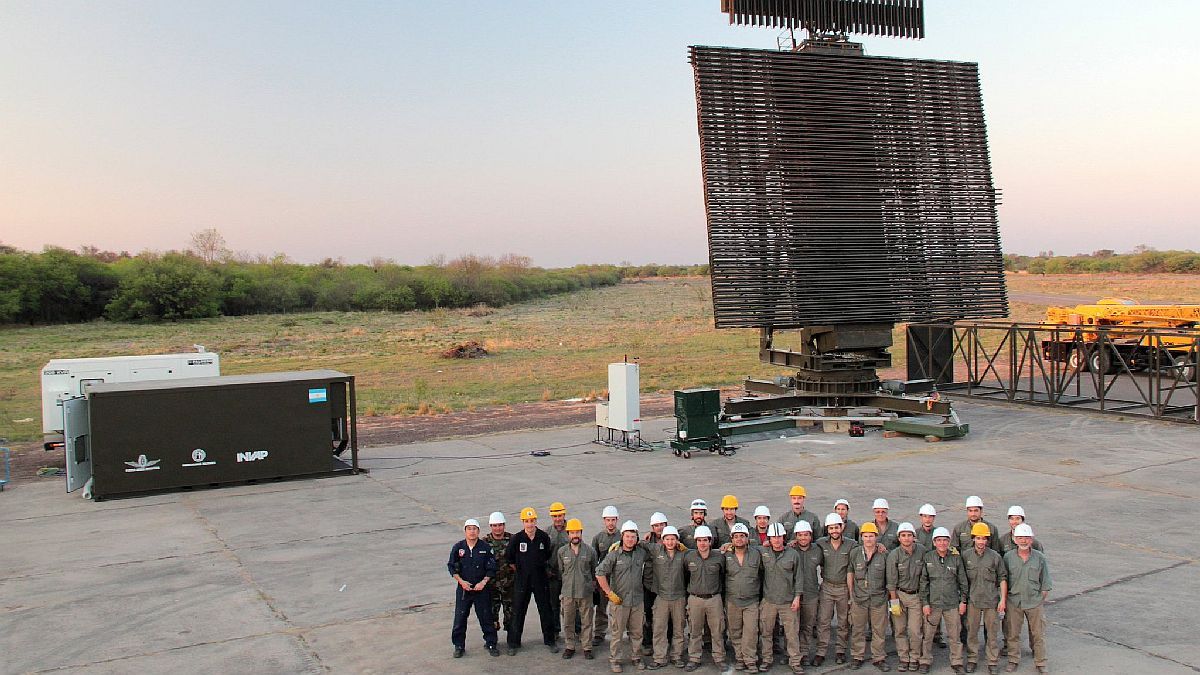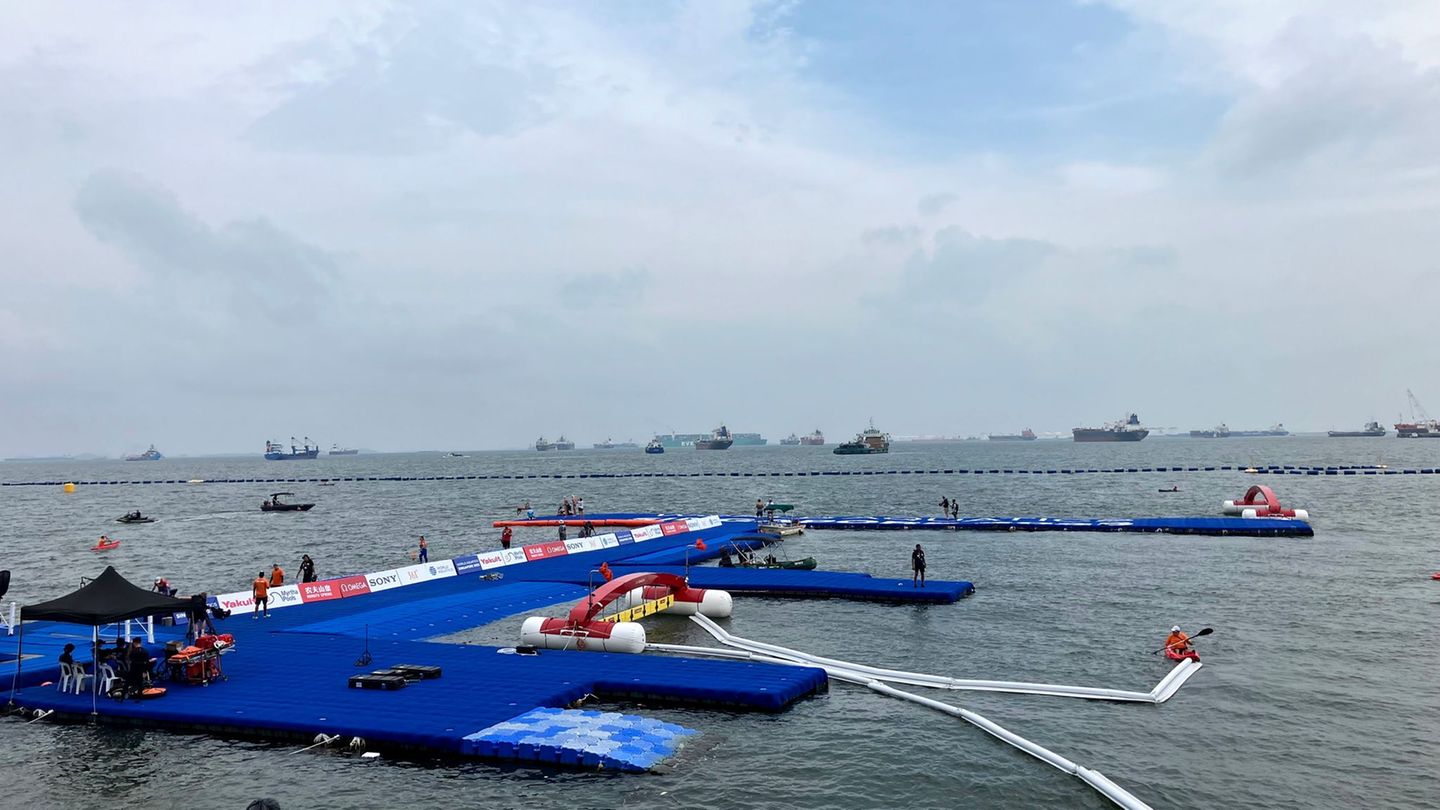Adriana Serquispresident of the National Atomic Energy Commission (CNEA), explained that currently Argentina exports reactors research, inputs such as radioisotopes, qualified nuclear components, among others, and is aimed at selling heavy water abroad for nuclear energy. Exports are made to countries such as China, India, Egypt, Australia and the Netherlands.
When asked if this type of exports could grow, Serquis was optimistic. On the one hand, he referred to the RA10 multipurpose reactor, which could expand radioisotope generation capacity by 10, and whose construction could be completed in a year. There are already negotiations with Brazil for export. Besides, In 2024 they estimate that the heavy water plant will operate again, which has nuclear and medical purposes, which sparked interest from China, South Korea and Canada.
The energy transition marks an opportunity for this sector: “The world is moving rapidly towards expanding the use of nuclear energy in order to mitigate the effects of climate change,” said Serquis. “The buyers are countries rather than private companiesinterested in joining the decarbonization of their energy matrix,” added the doctor in physics.
The opportunity that opens Carem project
However, The biggest opportunity that the sector sees is to be able to sell the Carem project abroad, a small modular reactor, capable of producing energy. “There will be 70 projects around the world, and very few as advanced as the Argentine one. If we can finish it before 2028, we will have a huge competitive advantage,” Serquis revealed. The construction of the reactor is at 63%, and the civil works at 75%.
Along the same lines, the person who highlighted this opportunity was none other than Rafael Grossi, the Argentine who heads the International Atomic Energy Agency (IAEA), key for its role in inspecting the proper use of nuclear energy in the world. He took a central role during the war between Russia and Ukraine, to prevent Ukraine’s nuclear power plants from being targeted by Russia. This month, he was invited to participate in the IAEF business conference, where he highlighted the country’s role in nuclear energy, ensuring that only three countries generate it in Latin America: Argentina, Brazil and Mexico. He mentioned the importance of the “virtuous circle of continuity” between governments, and specifically spoke about Carem.
“There is strong interest in small, modular reactors, which are more flexible, and Argentina is one of the few countries that is developing it., you can see it in Zárate, where Atucha is. So that they take dimension, Bill Gates has a company that is trying to make one. It makes me very proud when I hear about Carem at international conventions, although I cannot express it because I am an international civil servant. Yes“If Argentina launches it, it will have many interested clients.”he revealed to finance executives. “That I am the director of the IAEA is an expression of a country that has a voice in a high-level technological sector”he added.
An interesting case is Invapthe state company located in Bariloche that exports radars, satellites and reactors. In dialogue with Ámbito, Vicente CampenniCEO of Invap, revealed that In the last decade they had exports for US$500 millionwhich represented 20% of its total turnover, but due to the projects signed going forward, exports will represent half of its turnover. The most important project they currently have is with Holland, for US$300 million, given that they won a tender to be the main contractors for the reactor core being carried out in the Netherlands.
“Invap is a state company that lives off what it sells. Going out to export is also a way to guarantee the continuity of projects. But it is the association with national projects and the internal market that gives us the window to show that it is possible,” Campenni stated. In fact, it was in the nineties, with the reduction of the Argentine nuclear program, where exports were boosted.
In the case of Nuclearthe state company responsible for operating and building the three nuclear power plants in Argentina, said that they export services, given the growing need for “highly qualified professionals.” Currently, they are preparing a mission to participate in the inspection service for nuclear power plant generators in Brazil and Canada. “Nuclear energy regains a role that it should never have lost,” stood out Isidro Baschar, director of Nucleoelectrica. As a reference, he mentioned the case of Canada, which to meet its zero carbon dioxide emission objectives, plans to incorporate 17,800 MW of generation from nuclear energy.
Pros and cons
The last announcement on exports made by the Secretary of Energy, Flavia Royón, was the sale made of seamless pipes to Canada, for US$8 million, last week. They are used for CANDU type nuclear reactors, similar to those of the Argentine Embalse power plant. Production is carried out in a public-private partnership between the state-owned CONUAR (Argentine Nuclear Fuels), made up of CNEA, and the Pérez Companc Group.
In addition, this month the first export of nuclear components to China. They were shielding plugs for two nuclear power plants located in the Chinese province of Zhejiang. Furthermore, the Argentine ambassador to China, Sabino Vaca Narvaja anticipated that the state-owned INVAP seeks to export radioisotopes to China, and has a project for the provision of an experimental reactor and a radioisotope plant.
When asked how Argentina became a pioneer in Latin America in the export of this technology, Campenni highlights the “Argentine talent” and its academic sector. However, today one of the greatest weaknesses is that the country cannot go out and offer financing. “We are weak in the commercial part, there we have to make the deployment to find partners so that this can become a great business for the country,” Serquis summarized.
Source: Ambito




